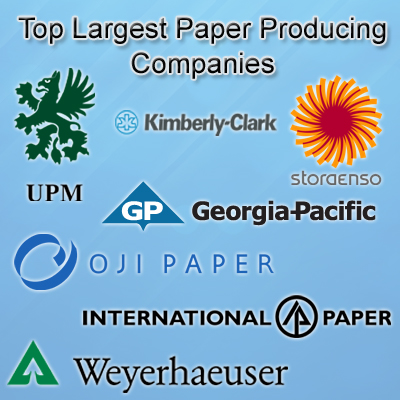An Overview of Chemical Pulping | Best Buying Guide

A method of converting the wood chips into the pulp used in papermaking by use of chemical cooking is known as chemical pulping. Chemical pulping is composed of four major processes namely Kraft, sulfite, neutral sulfite semi-chemical and soda. The first three respectively cause great air pollution. The implementation of the process is chosen by the product and the species available and by cost-effectiveness. The produced pulp fibres are very strong and long. Long fibres can be used to make much stiffer and stronger paper products.
| Also Read: Optimizing Paper Production: The Role of Chemical Pulping |
Chemical pulping sometimes preferred to sustainable high-quality paper products. The energy generated from the cooking of its by-products is enough to run the whole process. Only 45 per cent is returned as a pulp from the provided raw wood.
Classification of Chemical Pulping:
- As mentioned above it can be classified into alkali pulp, sulfate pulp, sulfite pulp, neutral sulfite pulp, and chlorinated (soda) pulp.
- Raw materials divided into chemical wood pulp, straw pulp, bamboo pulp, sugar cane bagasse pulp, cotton pulp, reed pulp and etc.
- Sulfite wood pulp is clean and soft, easy to bleach, can be used to make high-grade writing paper which is strong, also can be used to make industrial technical paper.
Process of Chemical Pulping:
The chemical pulping process involves preparation, pulp cooking and purification.
Preparation:
The wood is peeled and cut into smaller segments or the grass into grass segments. Then washed and cleaned to remove impurities, the size and quantity are relatively uniform. It is all set and prepared for the next cooking process.
Pulp Cooking:
Cooking is the basic process of converting raw materials into pulp. The needed materials and chemicals added strictly control temperature, pressure, time and chemical composition.
The chemical reacts with the lignin in the raw material forming into lose and separated pulp which is known as brown pulp. In the case of an almost strong cooking reaction, a part of the lignin is also melted from the second wall of the fibre, and other elements such as carbohydrates, resins, inorganic salts are also partially separated thus the pulp produced by the chemical process contains a high amount of cellulose.
The digester is the most important and primary facility for the chemical pulping and cookery process. It is classified into two divisions according to the pulping process: batch digester and continuous digester. The regularly used batch digester has a rotating and a fixed vertical digester. It is suitable for the small and medium pulp mills but, it is difficult to maintain the heat recovery and steam balance.
The other digester is continuous digester which is vertical type and horizontal tube type, depending on the arrangement of the equipment. The continuous digester requires high investment, and complex for its operations and management. The waste heat recovery and steam balance is easy and maintains uniformity in the produced pulp, and obviously the best equipment for the large scale pulp industry.
Purification:
After proper purification, the produced pulp can be made into a paper. Purification is a three-step process: pulp washing, pulp screening and pulp bleaching.
Pulp washing:
It separates the pulp from the liquids in which they cooked. The washing of pulp requires pressure to attain zero concentration of the cooking waste liquid.
Pulp screening:
Pulp screening separates the rough chips and fibre from the washed pulp, using screener and different kinds of hydrocyclones (a device that removes sand) to remove the denser impurities such as sediment included in the pulp.
Pulp Bleaching:
Pulp bleaching reduces the lignin in the pulp to achieve a higher whiteness of the pulp. Bleaching equipment includes disc filter, twin roll press, single screw press, etc.
Best Buying Guide for a Pulping Digester:
- Ensure which type of digester suits your requirement like horizontal or vertical digester
- The length and the sustainable temperature of the digester makes the change in the production
- The cooking process, releasing the gas through the chimney at the upper to decrease the fake pressure produced by the air in the internal of the digester, which ensures regularity of pulp cooking and develops the quality of pulp.









